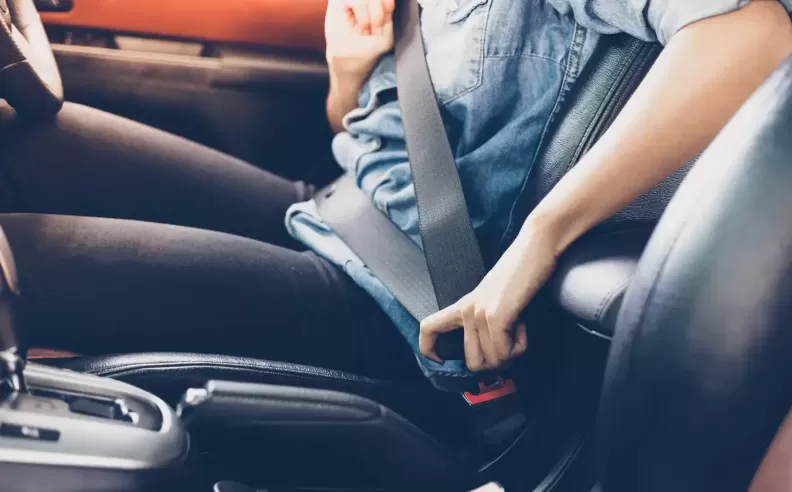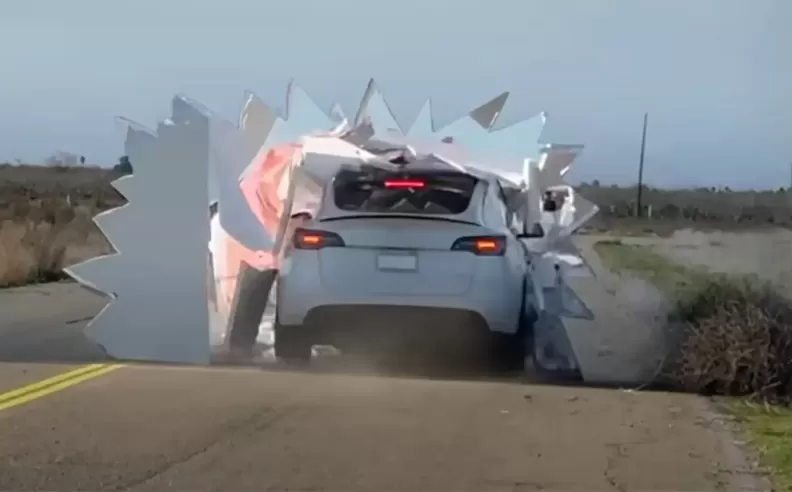
A viral YouTube prank by Mark Rober may have done more than entertain—it reignited serious safety concerns about Tesla’s Autopilot. By using a cartoon-style illusion, the video not only exposes the limitations of Tesla’s sensor suite but also seems to support findings from a National Highway Traffic Safety Administration (NHTSA) investigation. The key takeaway? Tesla’s Autopilot might be handing control back to drivers at the very moment it’s needed most.
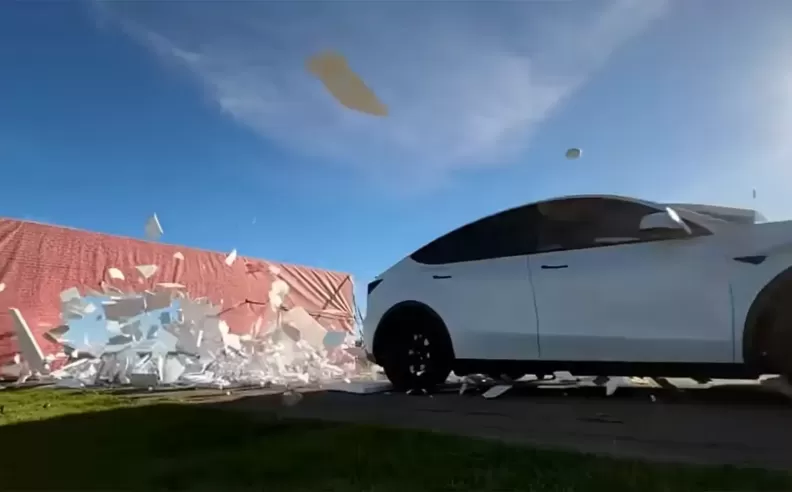
Tesla’s approach to driver assistance differs sharply from that of its competitors. While most brands combine radar, lidar, and ultrasonic sensors to ensure redundancy and reliability, Tesla depends mainly on visual cameras. These cameras mimic human vision, which makes them equally vulnerable to fog, rain, low light, or dirt, conditions where radar and lidar would still operate effectively. The YouTube demonstration using a cartoon-style wall tricked Tesla’s system entirely, whereas a lidar-equipped car identified the obstacle and stopped in time. The choice to prioritize a camera-only setup, while cost-effective, highlights a serious trade-off in performance and safety.
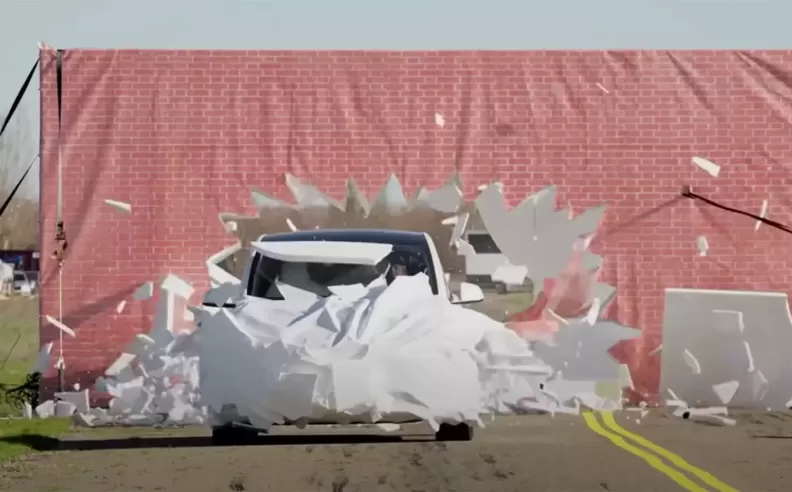
The video also shows a more troubling detail: Tesla’s Autopilot seems to disengage right before the crash. This supports findings from an NHTSA report, which analyzed 16 crashes involving Teslas hitting stationary emergency vehicles. In these incidents, Autopilot was active but cut off control less than one second before impact. Critics argue this behavior could shield Tesla from liability, suggesting the driver was in control during the crash. However, without evidence of intent, it's more likely a safety protocol designed to transfer power in a critical moment, though arguably far too late for the driver to react meaningfully.
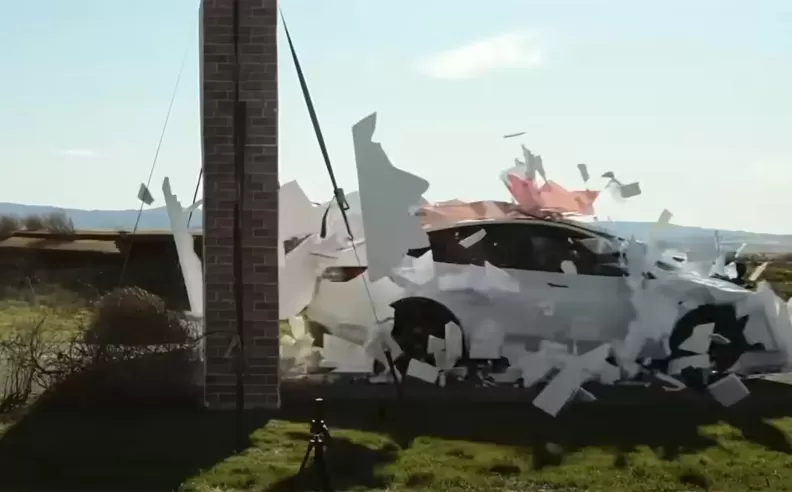
Tesla markets Autopilot as a driver-assistance feature, not full automation, yet its branding often misleads users into overestimating its capabilities. Despite that, Tesla emphasizes that drivers must remain alert and ready to take over at any moment. The 2023 NHTSA probe found that Tesla’s systems for monitoring driver attention were inadequate, prompting a recall. And while newer updates aim to improve this, the recurring problem of driver disengagement and ambiguous system behavior still casts doubt on the brand’s commitment to safety transparency.

Started my career in Automotive Journalism in 2015. Even though I'm a pharmacist, hanging around cars all the time has created a passion for the automotive industry since day 1.
